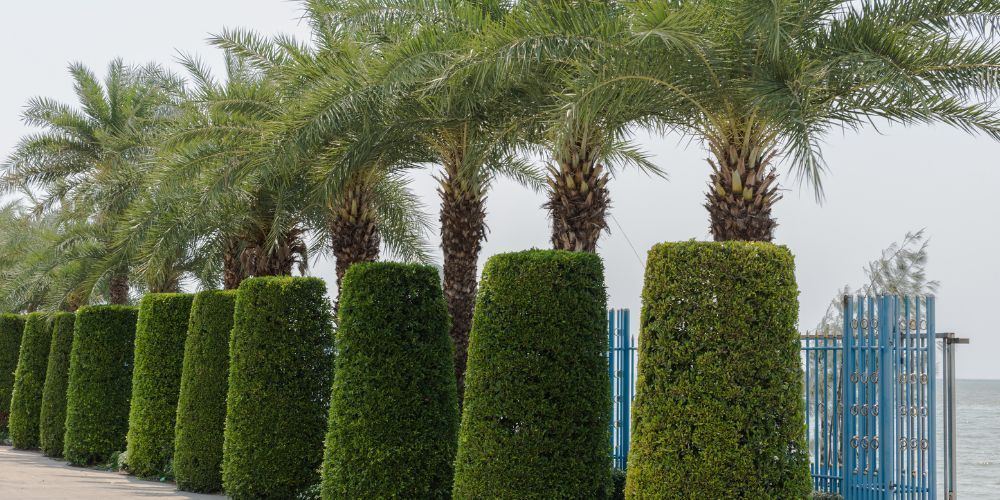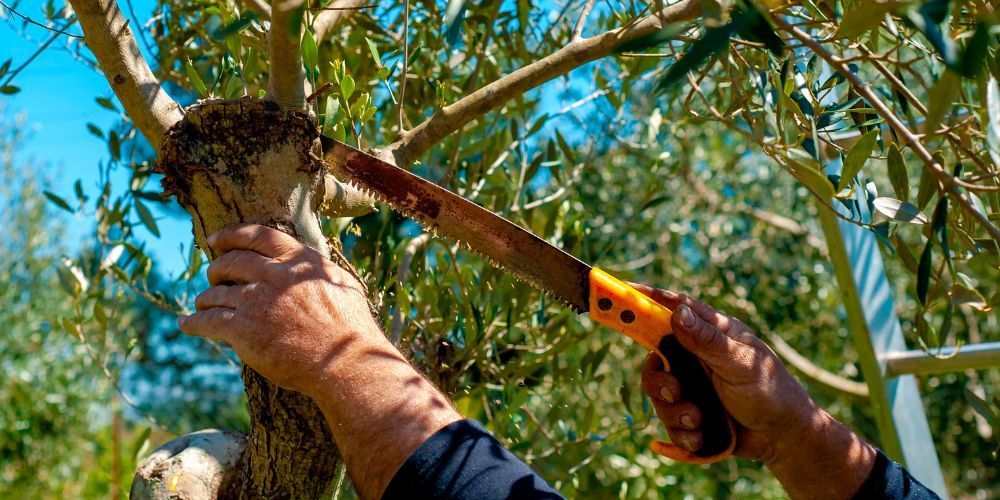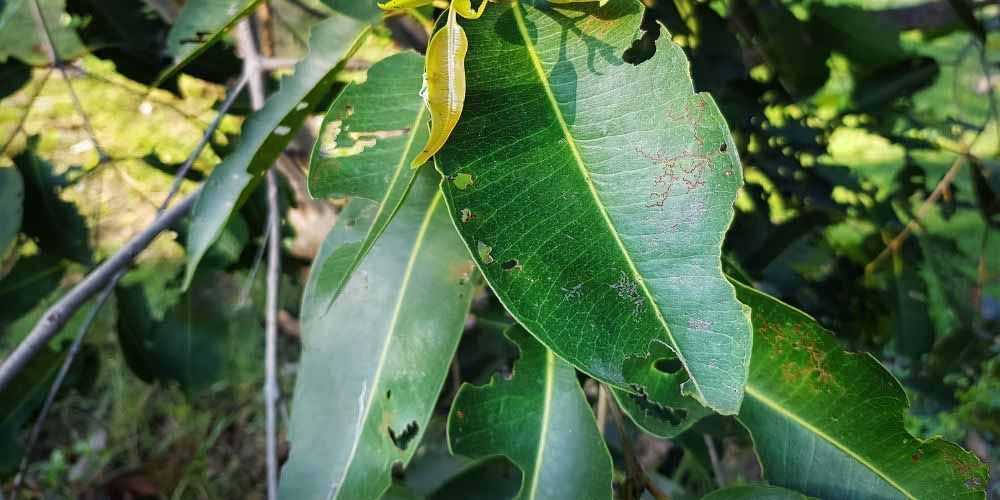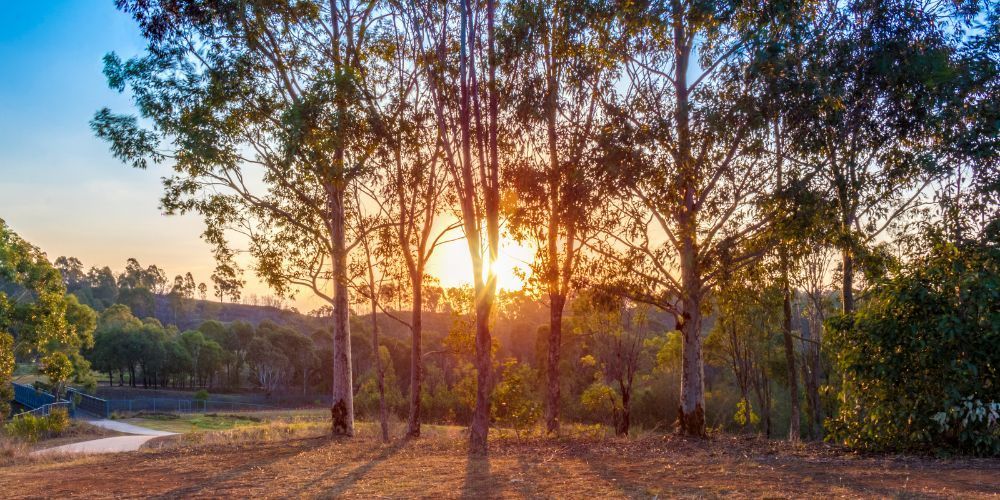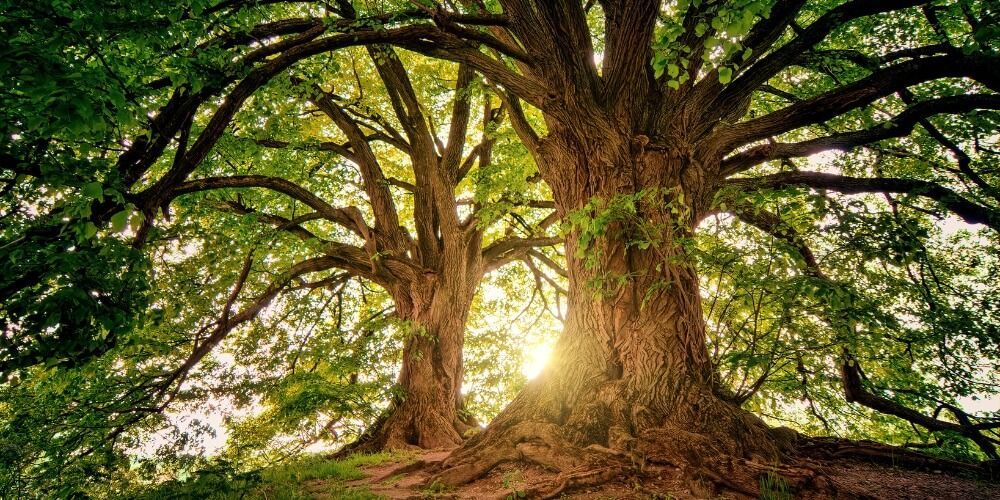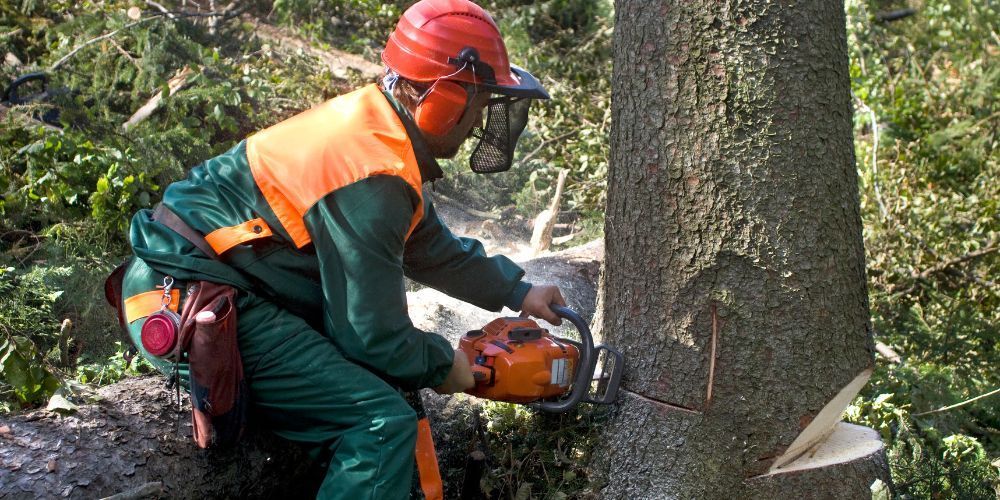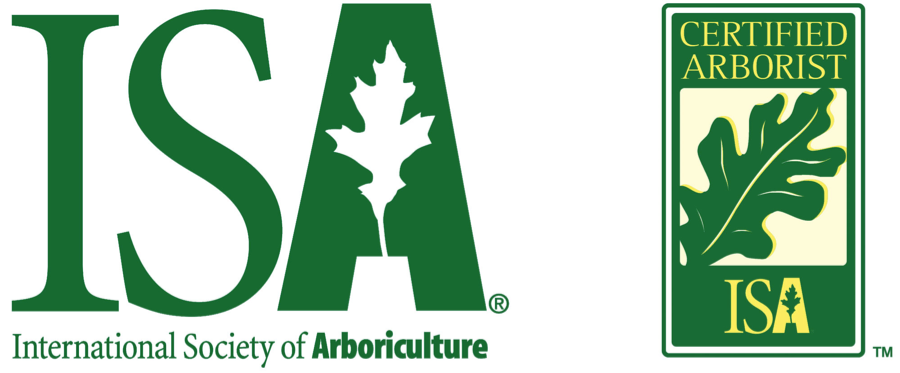Tips for Preventing Tree Diseases and Pest Infestations in Southern California
Trees are typical in the landscape of Southern California and provide beauty, shade, and many other environmental benefits to the area. However, the region's peculiar climate and enormous diversity of ecosystems make trees very susceptible to different diseases and pest infestations.
This article will focus on some of the essential tips for preventing disease in trees and pest infestations, emphasizing those most influential in Southern California.
Choose the Right Tree Species

The most critical tree care tip is picking a species appropriate for your area. Native trees have several advantages in choosing them for Southern California. The adaptation of native species to the climate and soil conditions in your area protects them from common tree diseases and pests. Among the good examples are California sycamore and coast live oak.
These beautiful trees require less irrigation and maintenance than non-native species, thus minimizing the growth of stress diseases and pest populations.
Proper Tree Planting Techniques
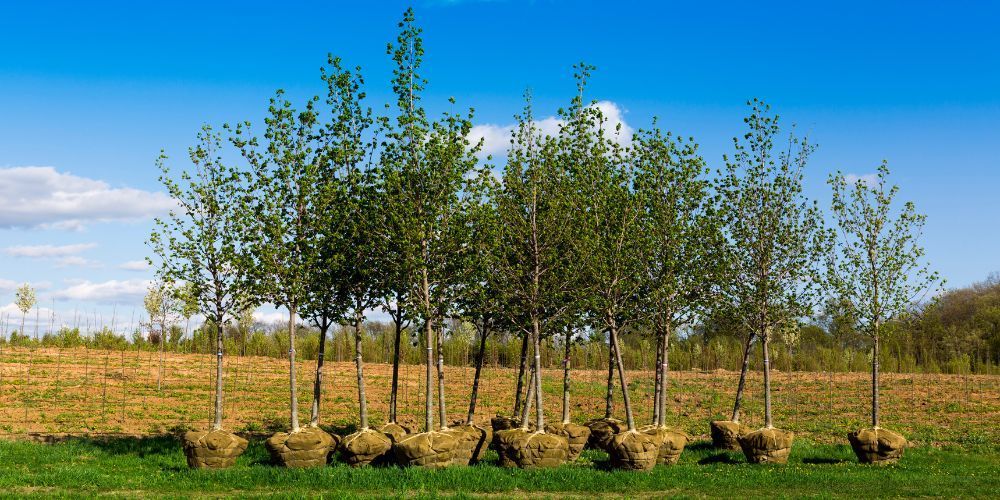
Proper tree-planting techniques are at the root of healthy tree growth. When planting a tree, ensure the diameter and depth of the dug hole can easily fit the root ball without cramping it. Too-deep planting can be avoided because it results in root rotting, among many other diseases that trees suffer from. Backfilling of the hole should be made with native soil and compost to supply essential nutrients; such conditions permit proper drainage.
Mulching immediately after tree planting helps conserve soil moisture, modify temperature extremes, and prevent competition for nutrients from growing weeds around the best trees.
Regular Watering and Irrigation

In Southern California, trees face dry, hot summers and mild, wet winters. Consistent watering can prevent common tree problems associated with stress. Watering must be frequent at the early ages of trees to help the roots get established, while more mature trees will get by with deep watering only during extended periods without rain.
Proper irrigation puts water directly into the root zone with fewer evaporative losses, eliminating overwatering, which prompts root rot and other problems.
Pruning and Maintenance

Pruning trees is quite a regular requirement if one wants to ensure the health of a tree from diseases or even pest infestations. Proper tree pruning involves removing dead, diseased, or damaged branches during the dormant season. Besides improving your trees structurally, this propagation practice also reduces the more significant chances of pest entry through any damaged portion.
Proper tree pruning, combined with maintenance, helps prevent unnecessary stress on the tree. Always use sharp, clean tools and cut just outside the branch collar.
Monitor for Signs of Pests and Diseases
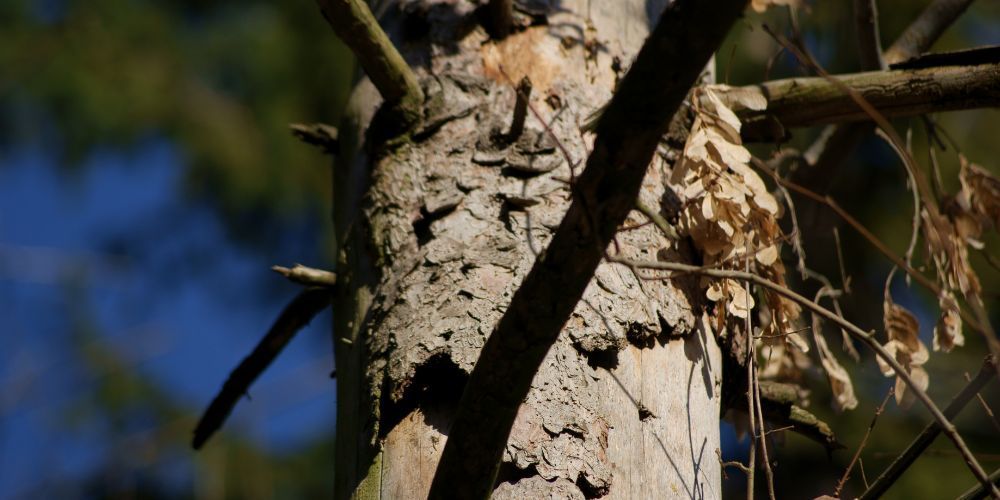
Early detection is necessary to prevent tree diseases and pests from causing severe damage. Look out for the development of tree diseases through discoloration of the leaves, wilting, or other abnormal growth patterns. At the same time, watch for signs of pests, such as holes in the bark, frass that looks like sawdust, or any other indicators of insect infestation.At the first developing sign of trouble, take immediate action to contain the problem.
It can be done by removing the affected branches, applying organic treatments, or consulting a certified arborist in Southern California for professional advice.
Integrated Pest Management For Trees
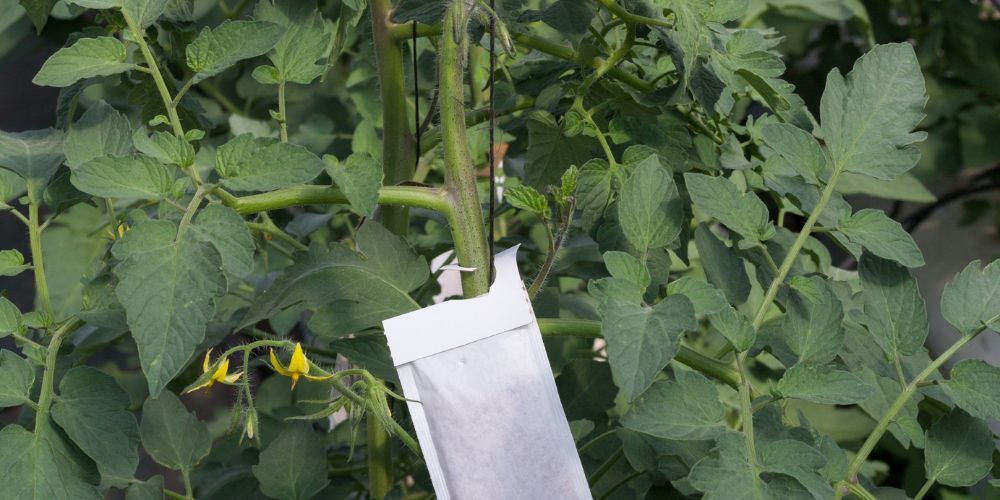
Integrated Pest Management in trees means a system approach to control pests through maximizing cultural, mechanical, biological, and chemical means of pest shunning. Integrated Pest Management (IPM) puts more emphasis on preventing infestation and the kind of environmentally friendly control methods. For example, introducing natural predators such as ladybugs to control populations of aphids or neem oil as bio-pesticides.
Above all, the primary aim and objective of Integrated Pest Management (IPM) is to develop the tree's overall health through activities such as mulching and regular watering.
Avoid Over-Fertilization
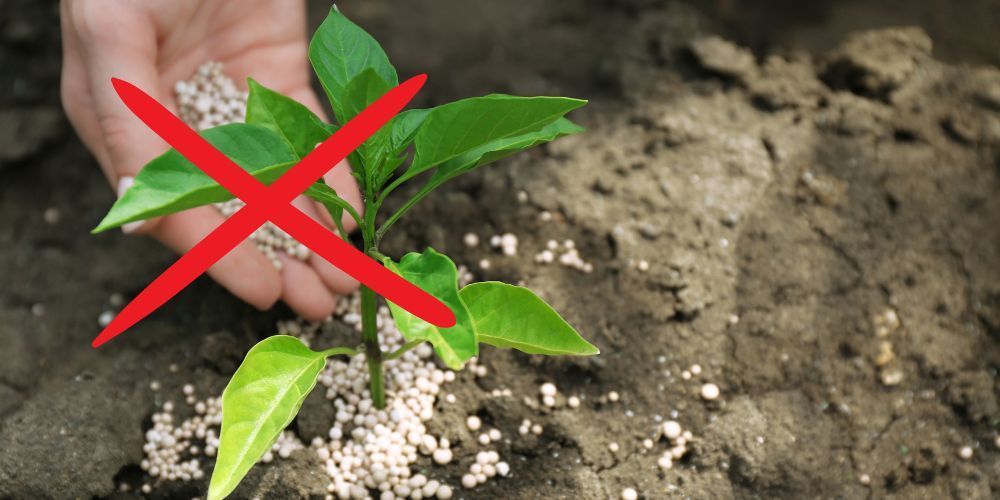
While fertilization is one of the determinants of tree health, over-fertilization may also have adverse effects. Too much of the applied nutrients, nitrogen being the most significant culprit, will cause fast and weak growth—the latter being more susceptible to factors of decline implicating diseases and pests.
Excessive fertilization can also disrupt the natural soil balance, resulting in nutrient imbalances detrimental to the trees. Only apply what is required and conduct a soil test before applying fertilizers to ensure the trees are not over-fertilized. Only apply applicable amounts.
Proper Tree Spacing

The closely packed trees become weak and are easily infected by diseases and attacked by pests because they have to compete for sunlight, water, and nutrients. By having proper spacing between the trees, each of them can get their needed share to grow well.
Thinning out the overcrowded areas in existing trees will ensure air circulation and reduce the chance of tree diseases. You could carry out easier maintenance, like tree pruning, and look for signs of tree diseases and pests with proper spacing.
Consult with a Certified Arborist
While all these tree care tips can help you prevent many problems, often leave it to the professionals. In cases where diagnosis and treatment of complex diseases or pest infestation are involved, it is always advisable to seek the opinion of a certified arborist in Southern California.
These arborists undergo further training in tree health care and management. They can give proper advice on what trees grow better where you live, how to plant them properly, and other important guidelines for their maintenance.
Relatable: https://www.socaltreecare.com/professional-tree-care-importance
Conclusion
Preventive measures in tree care ensure that most tree diseases and pest infestations never occur in Southern California. You can retain the health of trees by giving them proper species choices, carrying out suitable planting methods, following a regular watering schedule, and monitoring them vigilantly.
Seeking more personalized advice and professional tree care services? Contact SoCal Tree Care. Their certified arborist team in Southern California has dedicated itself to helping your trees thrive in this region's unique climate.
